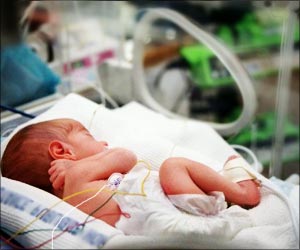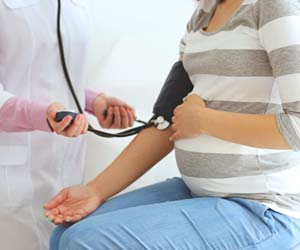Though hormonal change after menopause contributes to fat deposition in the abdomen and non-alcoholic fatty liver disease, aerobic activity reduces the risks.

‘Decreased estrogen production during menopause of women is associated with changes in body composition, exposing women to the risk of increased body weight and abdominal obesity, which contributes to the development of NAFLD.’





NAFLD, a risk factor for cardiovascular disease can also lead to insulin resistance, abdominal obesity, hypertension, dyslipidemia and Type 2 diabetes mellitus. "NAFLD is associated with obesity, insulin resistance, and adult-onset diabetes and is characterized by fat in the liver seen on ultrasound or other testing and elevated liver enzymes," said NAMS Executive Director Jo Ann V. Pinkerton.
"This study shows the benefit of counseling women at risk of diagnosis with fatty liver disease about the benefits of increased physical activity, including less fat around the middle, improvement in good cholesterol, and improved ability to exercise (cardiopulmonary functional capacity)," added Pinkerton.
People with NAFLD have lower cardiopulmonary functional capacity, which independently increases cardiovascular risk.
Improved cardio-respiratory fitness has been associated with lower all-cause mortality risk in women with elevated glucose levels or with diabetes.
Advertisement
Source-IANS















